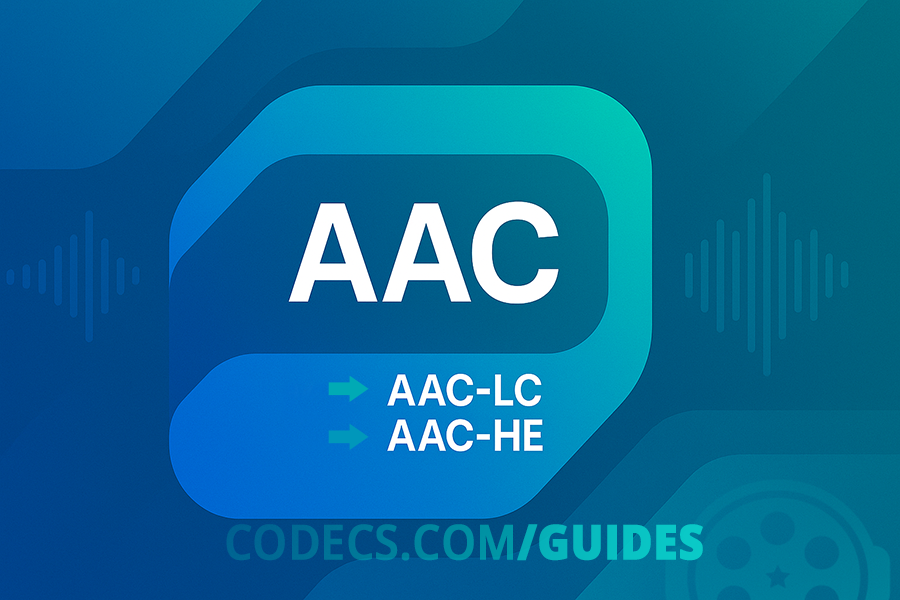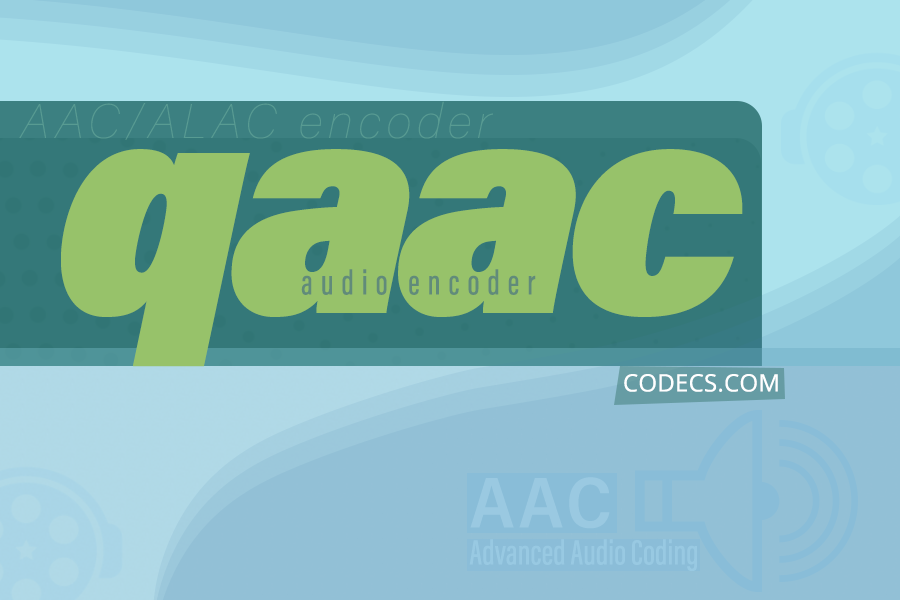Audio formats can be a maze of acronyms and technical terms, leaving many users scratching their heads. Among these, AAC, AAC-LC, and AAC-HE stand out as common but confusing options.
AAC-LC offers the widest compatibility with consumer electronics and requires less processing power for decoding.
AAC-HE provides superior compression efficiency through spectral band replication but requires modern decoders.
Both formats support multichannel audio and integrate seamlessly with MPEG-4 containers, making them ideal for video production workflows.
Get professional-quality AAC encoding and decoding tools that handle AAC-LC and AAC-HE formats perfectly.
Whether you're working with streaming audio, digital radio, or mobile applications, choosing the right AAC codec tool determines your output quality and file efficiency.
Top AAC Codec Tools for Professional Results
FAAC (Freeware Advanced Audio Codec) delivers industry-standard AAC encoding for MPEG-4 and MPEG-2 formats.
This encoder excels at creating AAC-LC files with excellent quality-to-size ratios, making it perfect for iTunes distribution and professional audio production.
FAAD2 (Freeware Advanced Audio Decoder) handles AAC decoding across all variants including AAC-HE.
It processes high-efficiency AAC files from streaming platforms and converts them for editing or analysis.
Choosing Between AAC-LC and AAC-HE Codecs
Use AAC-LC when you need: Maximum compatibility across devices, higher bitrate applications (128kbps+), or iTunes/YouTube distribution.
AAC-LC provides excellent sound quality with broad device support.
Use AAC-HE when you need: Bandwidth-efficient streaming, mobile applications, or storage optimization.
AAC-HE maintains quality at lower bitrates (64kbps and below) through advanced encoding techniques.
For professional workflows: Many studios use AAC-LC for master files and AAC-HE for mobile distribution, ensuring optimal quality across all platforms.
Download Professional AAC Codec Tools
Download FAAC Encoder - Create high-quality AAC files with professional encoding options.
Download FAAD2 Decoder - Decode any AAC format with perfect fidelity.
For advanced users seeking professional-grade AAC encoding capabilities, qaac offers a powerful command-line solution that leverages the Fraunhofer FDK AAC encoder.
This versatile tool supports multiple input formats and provides precise control over encoding parameters, making it an excellent choice for audiophiles and content creators who need to convert WAV, FLAC, or MP3 files to any of the AAC variants discussed above.
Download qaac Encoder →
Get AAC Codec Overview Guide - Technical specifications and implementation details.














How to Download HEVC Video Extension for Free
actually worked, made my day better icl
Read More →Best Player for Subtitles (2025 Guide)
@P.A. Blok You're right, thanks for the feedback! We've updated the guide to clarify that VLC does auto-detect ...
Read More →How to Play HEVC Files in VLC Media Player (2...
@VanguardLH You're right, it'll be corrected. Thanks for pointing it out!
Read More →